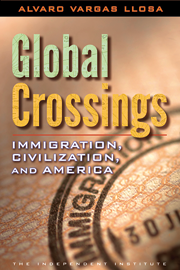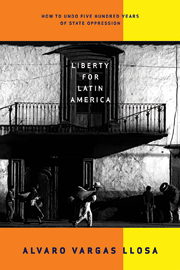It’s clear that President Obama didn’t make good on his threat to take executive action on immigration reform because he was convinced it would hurt his party in next month’s elections, giving Republicans control of the Senate.
The president’s demurral may have been in vain. The GOP may win control of the Senate anyway, according to recent polls. What’s worse: He gave up a historic opportunity to focus the public’s attention on who these “illegals” are and why immigration reform is in America’s best interest. That’s the real tragedy.
Consider the latest data on the “unauthorized immigrant population,” published in September by the Pew Research Center.
Based on the U.S. Census Bureau’s American Community Survey and Current Population Survey, Pew researchers found that the unauthorized immigrant population rose steadily from 1990 to 2007, as the economy boomed, took a dip “as the U.S. economy faltered and border enforcement tightened,” and has remained pretty much steady at 11.3 million since 2009.
The president could have made this a teaching moment, explaining that the number of unauthorized immigrants has always been the result of economic forces. When immigrant workers are needed, they come; when they are not, they cease to come and many even go back to their native countries. Yes, the number of unauthorized immigrants tripled between 1990 and 2008, but this tracked pretty closely with the booming U.S. economy, which grew from $5.9 trillion in nominal gross domestic product in 1990 to $14.7 trillion in 2008.
Another common canard the president could have addressed is the claim that immigrant workers sneak over the border to steal jobs from Americans and slink back across the border as soon as the jobs run dry.
In fact, most recent immigrants, legal and illegal alike, come here—as the Irish, Italians and East European Jews came before them—in the hopes of making America their permanent home. And many do, the Pew analysis confirms, with just one in six (16.6 percent) living here for less than five years and more than one in five for two decades or more.
Considering the relative youth of the unauthorized immigrant population upon their arrival in the United States, the fact is that many have now spent the greater part of their adult lives living in America, rather than in their country of origin. Not surprisingly, many deported immigrants look like lost souls when they’re sent “home,” as I’ve watched them cross the Santa Fe Street Bridge into Ciudad Juarez, Mexico.
And how about the non-assimilation canard? The Pew Research Center found that almost four in 10 unauthorized immigrants live with their U.S.-born children. Since Latin American immigrants generally follow a three-generation assimilation pattern similar to earlier immigrants, this means that some 40 percent of illegal aliens have children whose first language is English—and their children in turn typically will not be fluent in the language of their grandparents.
These data tell a compelling story that was justification enough for the President’s proposed unilateral initiative on immigration. Instead he bowed to politics.
But this too seems like a lost opportunity. Sure there has been (and always will be) demagoguery on the illegal immigration issue. The latest is that they are unsanitary and harbingers of exotic diseases.
The truth is that most Americans see these slurs for what they are. And if the White House’s political bean-counters would have looked a little deeper, they would have found that even after all the scaremongering a strong majority of Americans—nearly two-thirds, according to a survey conducted in June for the Public Religion Research Institute—favor giving immigrants a path to citizenship.
The president shouldn’t have run from this; he should have embraced it.












